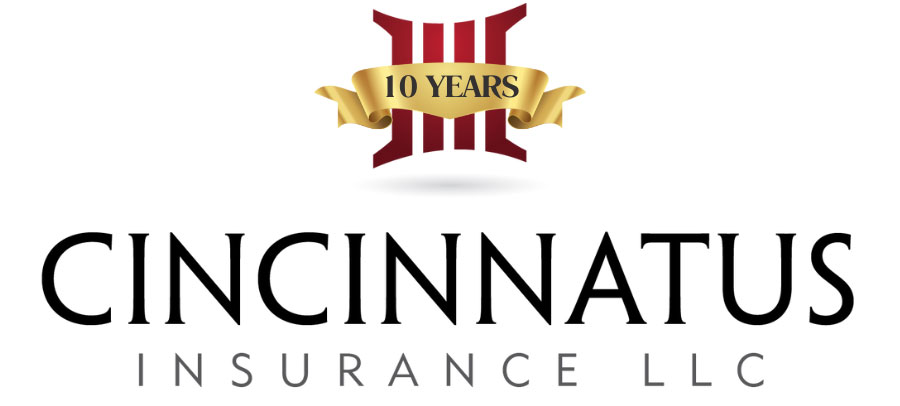If your business relies on multiple vehicles, having the right commercial auto insurance is more than smart—it’s necessary. Fleet vehicles face constant risks on the road from accidents to theft. To keep your business running smoothly, you need coverage tailored to your operations. Let’s break down some key commercial coverages to insure your fleet and explain how they should be properly protected.
What Is Commercial Auto Insurance for Fleets?
Commercial auto insurance for fleet vehicles provides protection for businesses that own and operate multiple vehicles. Unlike personal auto insurance, it’s designed to handle the unique risks companies face while transporting goods, equipment, or employees. By grouping several vehicles under one policy, businesses simplify management and often save on premiums.
Key Coverages Every Fleet Policy Should Include
First, make sure your policy includes these core coverages to protect your fleet and avoid costly disruptions:
1. Liability Coverage
Liability coverage is the foundation of every commercial auto policy. It covers injuries and property damage when your driver is at fault in an accident. Presently, most states require minimum liability coverage, but higher limits offer stronger protection.
2. Collision Coverage
Collision coverage pays to repair or replace a fleet vehicle after an accident, regardless of fault. Whether your driver hits another car or backs into a pole, this coverage keeps your vehicles on the road.
3. Comprehensive Coverage
Comprehensive insurance protects against non-collision events such as theft, vandalism, fire, or weather-related damage. Indeed, it’s especially valuable if your vehicles are frequently parked outside or stored in unsecured locations.
4. Uninsured and Underinsured Motorist Coverage
Not all drivers carry adequate insurance. In fact, if one of your vehicles is hit by someone with little or no coverage, this protection steps in to cover your damages and medical expenses.
5. Medical Payments or Personal Injury Protection (PIP)
These coverages help pay medical costs for your drivers and passengers after an accident, regardless of who’s at fault. Depending on your state, one or both may be required.
How Should Fleet Vehicles Be Covered?
When thinking about how insure your fleet, it starts with the right coverage- but it doesn’t end there. Check to make sure your vehicles are fully protected by looking out for these factors:
- List Every Vehicle and Driver: Every vehicle and driver in your fleet must be listed on your policy for coverage to apply.
- Verify Driving Records: Only allow employees with clean driving histories to operate company vehicles to help reduce your risk.
- Install Safety Technology: Telematics systems can track driver behavior, promote safe driving, and qualify you for insurance discounts.
- Maintain Your Fleet Regularly: Well-maintained vehicles are less likely to break down or be involved in accidents.
- Review and Update Annually: As your business grows, make sure your policy still meets your vehicle count and usage.
Add-On Coverages Worth Considering
Additionally, you may also benefit from additional coverages like these, depending on your operations:
- Roadside Assistance for towing, lockouts, and emergency breakdowns
- Rental Reimbursement for temporary vehicles while yours are in the shop
- Non-Owned Auto Coverage for employees using personal vehicles for business errands
Why the Right Coverage Matters
Accidents, theft, and liability claims can cost your business thousands without the right protection in place. Comprehensive commercial auto insurance doesn’t just protect your vehicles—it protects your employees, your bottom line, and your ability to serve customers.
Looking to insure your fleet? Partner with a trusted commercial insurance agent to customize a policy that fits your needs.
